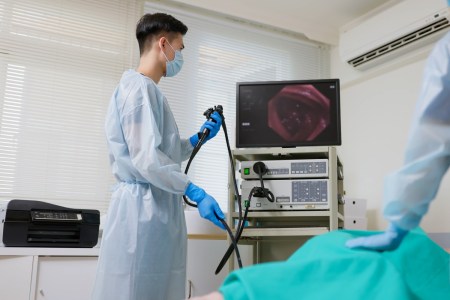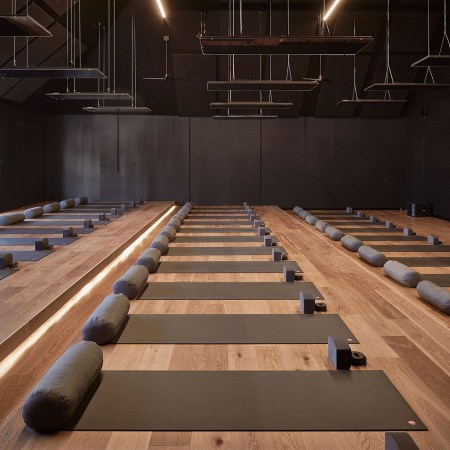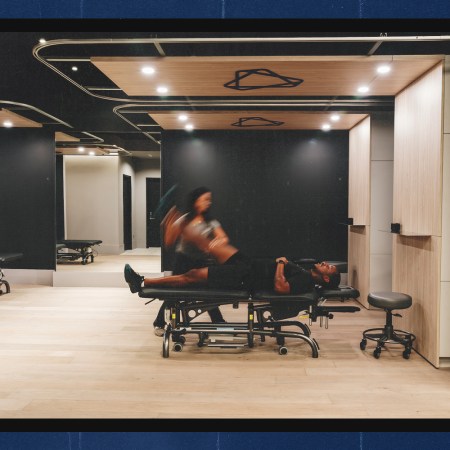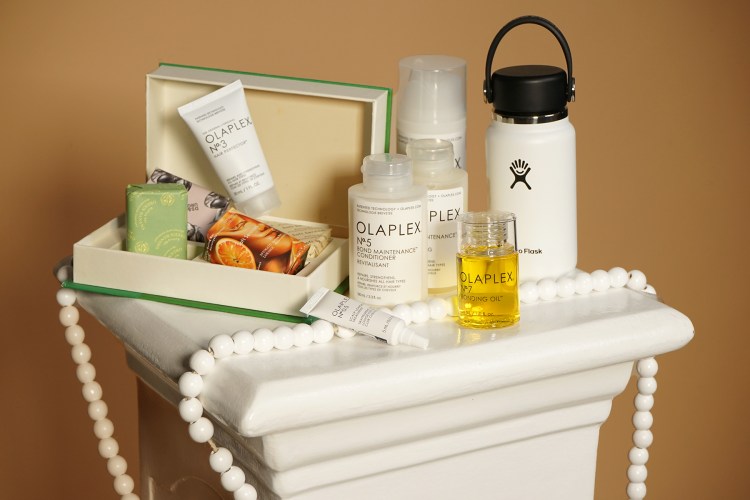To encounter the history of medicine is to encounter the history of unexpected scientific discoveries. The discovery of penicillin is perhaps the best-known case of a surprising medical breakthrough, but it’s far from alone. And the latest addition to this branch of the annals of science involves a discovery that could help treat e. coli infections — and was made in one laboratory technician’s garden.
Writing in Nature, Smriti Mallapaty detailed how a series of soil samples were used in a study after being collected from various sites — including the aforementioned garden. The goal, as McMaster University’s Gerry Wright told Nature, was to discover treatments that might work against antibiotic-resistant bacteria — a situation Wright called “an existential threat to medicine.”
The process these scientists used involved collecting soil samples and then leaving them stored for a year. Once that year was up, Mallapaty writes, the scientists began working to see if any of the microbes within could be used to treat Escherichia coli. (An e. coli outbreak in 14 states late last year injured dozens and led to at least one death.) One microbe did show positive signs: Paenibacillus, which the researchers focused their efforts on.
Why Are More Healthy Eaters Being Diagnosed With Colon Cancer?
Scientists are studying the issueResearchers eventually zeroed in on a particular molecule called lariocidin, which they found had the ability to slow down the growth of bacteria; their work also indicated that it didn’t seem toxic to humans. “As something that just came out of the ground, it’s pretty good,” Wright told Nature. That’s something of an understatement — but it’s also a building block towards creating new treatments that could potentially save lives.
The Charge will help you move better, think clearer and stay in the game longer. Subscribe to our wellness newsletter today.



















